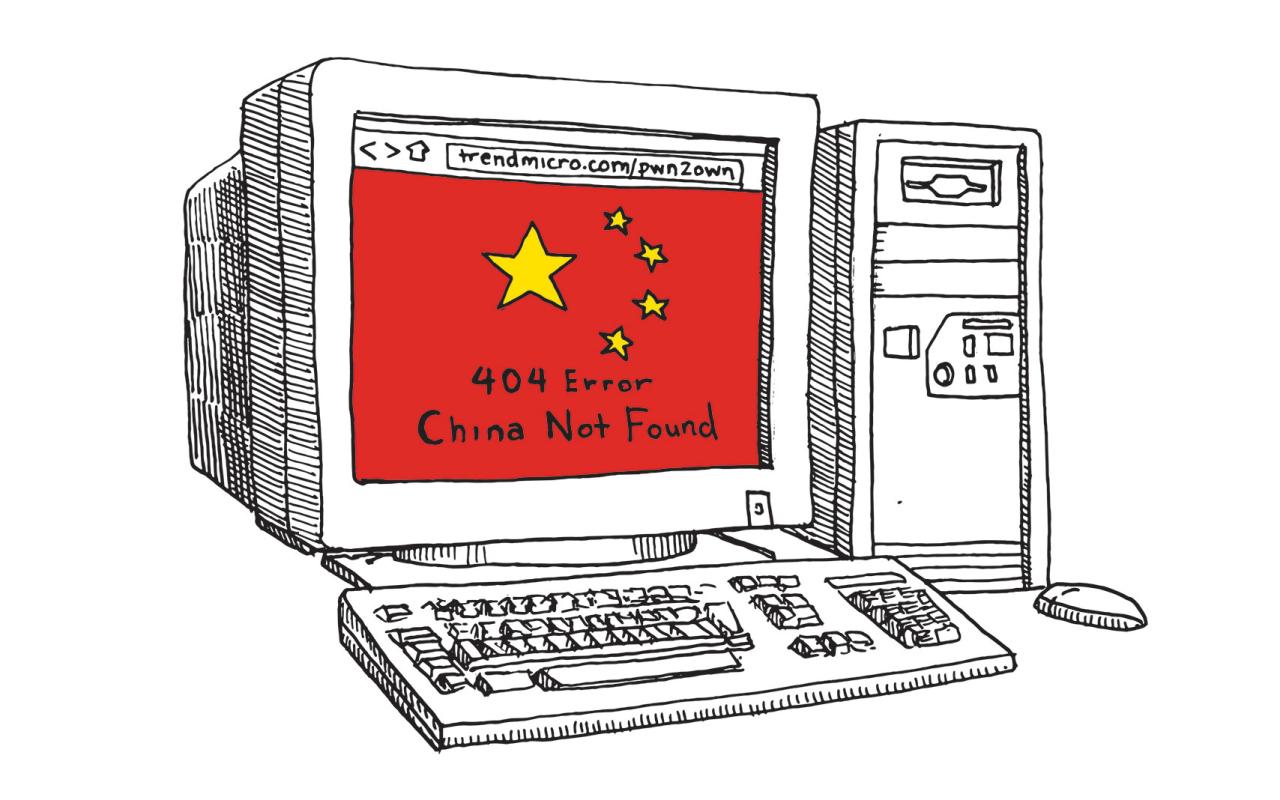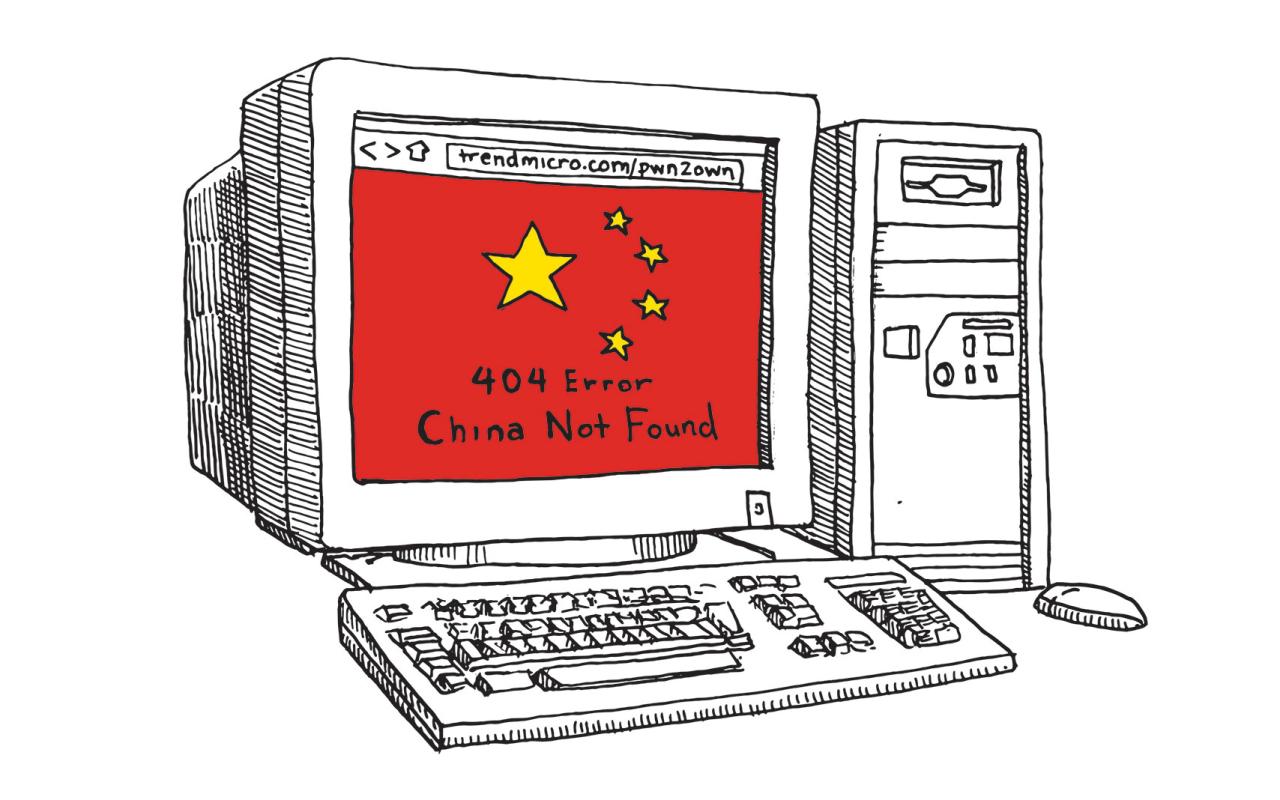China is the manufacturing superpower | Hacker News. This article dives into how China became a global manufacturing giant, exploring its historical trajectory, its role in global supply chains, and the technological advancements fueling its dominance. We’ll also examine the labor dynamics, environmental impact, and future challenges facing this economic powerhouse.
From its humble beginnings to its current position as a global manufacturing leader, China’s journey is a fascinating case study in economic development. We’ll analyze key policy decisions, technological innovations, and the impact of globalization on China’s manufacturing sector. We’ll also look at the potential future challenges and opportunities for the country.
China’s Manufacturing Dominance
China’s rise as the world’s manufacturing powerhouse is a remarkable story of economic transformation, driven by strategic policy decisions, a vast and adaptable workforce, and integration into global supply chains. This dominance, however, is not without its challenges and complexities, encompassing environmental concerns, technological advancements, and evolving geopolitical dynamics.
China’s Manufacturing Dominance: A Historical Perspective
China’s manufacturing sector’s evolution from a largely agrarian economy to a global leader is a multifaceted process spanning several decades. Key policy shifts and economic reforms significantly contributed to this growth, creating a trajectory distinct from other major manufacturing nations.
| Date | Event | Impact | Supporting Data |
|---|---|---|---|
| 1978 | Economic Reforms initiated by Deng Xiaoping | Opened China to foreign investment and market-oriented reforms, laying the foundation for rapid industrial growth. | GDP growth surged from an average of 6% in the 1970s to over 9% annually in the 1980s and 1990s. |
| 1980s-1990s | Establishment of Special Economic Zones (SEZs) | Attracted foreign direct investment (FDI) and spurred export-oriented manufacturing. | SEZs accounted for a significant portion of China’s export growth during this period. |
| 2001 | Accession to the World Trade Organization (WTO) | Further integrated China into the global trading system, accelerating its manufacturing expansion. | China’s share of global exports increased dramatically after joining the WTO. |
| 2010s-Present | Focus on technological upgrading and innovation | Shift towards higher value-added manufacturing and technological self-reliance. | Increased investment in R&D and automation technologies. |
Global Supply Chains and China’s Role

China’s deep integration into global supply chains is a defining feature of the modern global economy. Its role spans various industries, impacting the production and distribution of countless products. Geopolitical shifts, however, increasingly influence this intricate network.
A simplified flowchart illustrating a typical global supply chain involving China might look like this: Raw Material Sourcing (various countries) → Manufacturing in China → Assembly and Value Addition (potentially in multiple locations, including China) → Distribution and Retail (global markets).
Examples of products heavily reliant on Chinese manufacturing include electronics, textiles, apparel, and many consumer goods. Geopolitical tensions, such as trade disputes, have highlighted the vulnerabilities of supply chains heavily reliant on a single manufacturing hub.
Technological Capabilities and Innovation, China is the manufacturing superpower | Hacker News
China has made significant strides in manufacturing technologies and automation, particularly in sectors like electronics, renewable energy, and high-speed rail. While still catching up in certain areas, China’s technological innovation is rapidly advancing, challenging the dominance of other leading nations.
Examples of Chinese technological breakthroughs include advancements in robotics, 5G technology, and high-speed rail manufacturing. The development of indigenous technologies in key sectors is a strategic priority for China, aiming for technological self-reliance and reduced dependence on foreign technologies.
Labor Costs and Workforce Dynamics

Historically, low labor costs were a major driver of China’s manufacturing competitiveness. However, with rising wages and a shifting demographic landscape, the dynamics of China’s manufacturing workforce are evolving. This necessitates a shift towards higher value-added manufacturing and automation.
- Advantages: Large and skilled workforce, relatively low labor costs (compared to developed nations), increasing automation adoption.
- Disadvantages: Rising labor costs, aging population, potential skills gaps in certain areas.
Environmental Impact and Sustainability

China’s rapid industrialization has resulted in significant environmental consequences, including air and water pollution, and greenhouse gas emissions. However, there is a growing emphasis on sustainable manufacturing practices and stricter environmental regulations.
For example, the manufacturing of steel and cement, both energy-intensive processes, contributes significantly to China’s carbon emissions. Efforts to promote cleaner energy sources and more efficient manufacturing processes are underway, but the scale of the challenge remains substantial. China’s environmental regulations are becoming increasingly stringent, though enforcement and implementation remain ongoing processes.
Future Trends and Challenges
China’s manufacturing sector faces several challenges in the coming years. Automation and AI will continue to reshape the workforce, requiring adaptation and reskilling. Maintaining global competitiveness amidst geopolitical uncertainties will also be crucial.
That Hacker News thread about China being the manufacturing superpower got me thinking. It’s a huge part of the global economy, and disruptions there have major ripple effects. For example, check out this article about the recent health situation in China: What is HMVP virus, Chinas recent ‘Covid-like outbreak’, should – it highlights how easily production can be impacted.
Understanding these health issues is key to predicting future shifts in global manufacturing and supply chains.
| Challenges | Potential Solutions |
|---|---|
| Rising labor costs and demographic changes | Increased automation, investment in education and training, attracting a younger workforce. |
| Geopolitical risks and trade tensions | Diversification of supply chains, strengthening domestic demand, fostering innovation and technological self-reliance. |
| Environmental concerns and sustainability | Investing in cleaner technologies, stricter environmental regulations and enforcement, promoting circular economy models. |
Conclusion: China Is The Manufacturing Superpower | Hacker News

China’s manufacturing dominance is undeniable, but its future trajectory is complex. While facing challenges like rising labor costs and environmental concerns, China’s ongoing technological investments and integration into global supply chains suggest continued influence. Understanding this complex landscape is crucial for navigating the future of global manufacturing.
So you’re curious about China’s dominance in manufacturing? The Hacker News discussion on this, found here: China is the manufacturing superpower | Hacker News , offers some really interesting insights. It dives deep into the reasons behind China’s manufacturing might, exploring everything from its vast workforce to its advanced supply chains. Check it out if you want a better understanding of this global economic powerhouse.
FAQ Section
What are the main environmental concerns related to China’s manufacturing?
Major concerns include air and water pollution from factories, waste disposal issues, and high carbon emissions from energy-intensive manufacturing processes.
How is China addressing its environmental challenges in manufacturing?
China is investing in cleaner technologies, implementing stricter environmental regulations, and promoting sustainable manufacturing practices. However, enforcement and widespread adoption remain ongoing challenges.
What are some examples of Chinese technological breakthroughs in manufacturing?
That Hacker News thread about China’s manufacturing dominance is wild, right? It makes you think about global supply chains and how easily things can be disrupted. For example, consider the news that Rep. Virginia Foxx injured outside House chamber in Capitol building , highlighting the fragility even within seemingly stable systems. This incident underscores how unexpected events can impact policy and, indirectly, global trade, further complicating the already complex picture of China’s manufacturing power.
China has made significant strides in areas like high-speed rail, renewable energy technology, and automation within its factories. Specific examples would require further research into particular sectors.
How does China’s manufacturing sector compare to that of other countries like the US or Germany?
While China boasts massive scale and low labor costs, the US and Germany often lead in technological innovation and high-value-added manufacturing. A direct comparison requires detailed analysis across specific industries.
